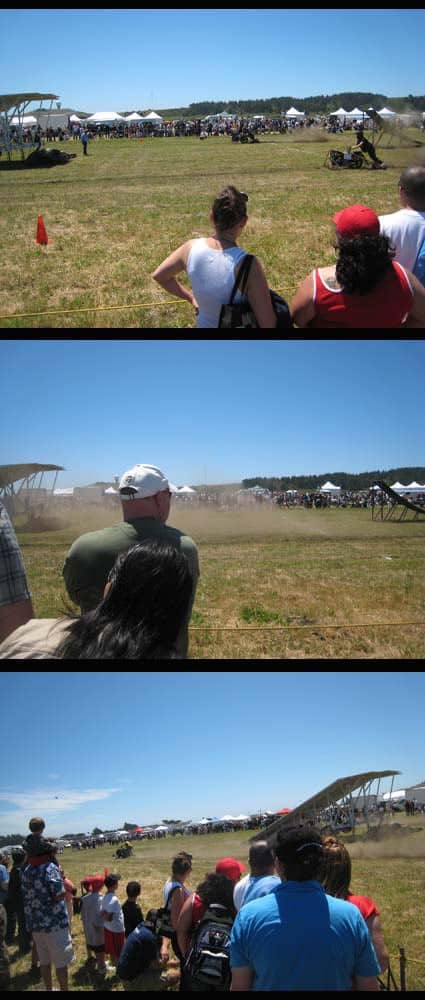Rage With The Machine

Biodiesel-fueled coupe made from old semi truck, Half Moon Bay, California
 Lawnmower Races, Half Moon Bay, California
Lawnmower Races, Half Moon Bay, California
I went to a huge auto and machine show recently at a small airfield down the coast from San Francisco. I really love this kind of stuff, but my machine lust was battling thoughts of carbon footprints, sustainability and global economics that made it a little difficult to see the event as entirely wholesome.
Living in and trying to navigate this consumption/sustainability paradox is the conundrum of the day for anyone who loves things.
Nokia’s Jan Chipchase gave a talk at Adaptive Path a couple of weeks ago, and showed a model of the Remade mobile phone concept. The Remade is produced almost entirely by upcycling, a Cradle to Cradle concept whereby potential trash is transformed into something valuable and useful.

Appearance model, Remade mobile phone concept, Nokia. (picture from PhoneMag.com)
The extruded aluminum body of the Remade model seemed really tough, and made me think about what it would be like if products were built so well that they rarely broke.
Would that be the most sustainable approach to the object cycle-making things that lasted, and using them for as long as they lasted?
It’s a complex picture: there’s technological evolution constantly rendering our stuff obsolete, there’s the need for producers to continue to produce and sell what they make, and then there’s that crow/magpie thing-our persistent desire to add new objects to whatever we already have sequestered in our nests.
Thinking about a system this complex always leads to big questions. Here are some of mine for this round:
- What is the relationship between remaking how objects are produced and shifting cultural attitudes toward consumption?
- Can producers profitably focus on business models that take advantage of long use (for example by focusing more on post-purchase relationships and less on product replacement)?
- Can it ever be as cool, sexy, and fun as buying new things to use our things for years and years, so that they acquire a patina, shape themselves to our bodies and our personalities, and bear scars that tell stories?
Or will that leave something fundamental in our natures (our crow-selves??) unsatisfied?




